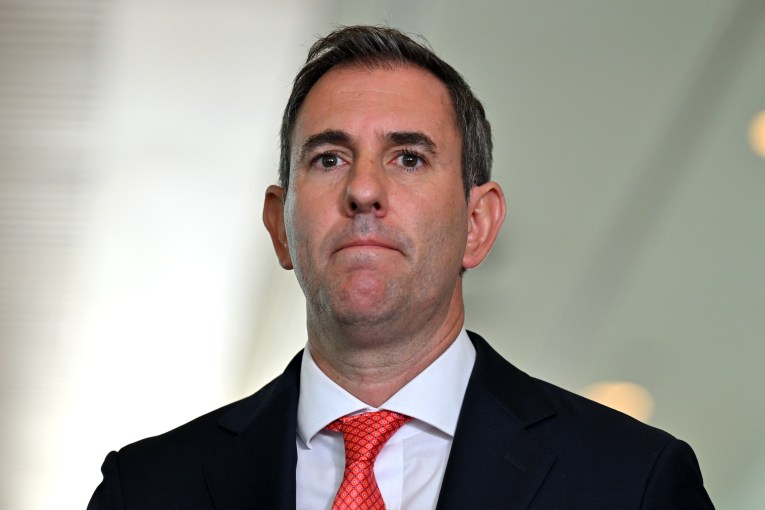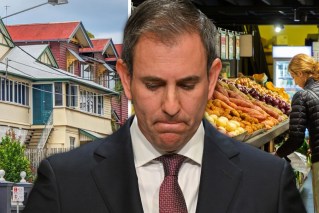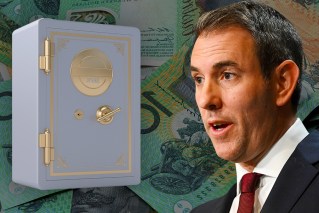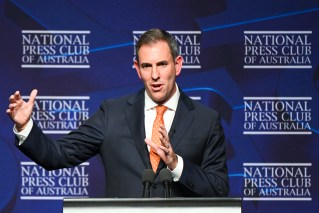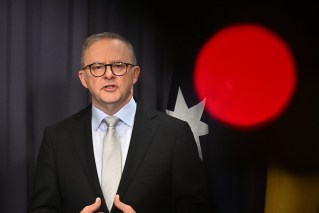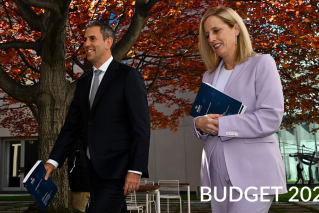Deficit and JobKeeper cost lower in update

Treasurer Josh Frydenberg will unveil better than expected mid-year finances for the national economy later on Thursday.
Lower unemployment and a slightly smaller deficit will be revealed when Treasurer Josh Frydenberg hands down a mid-year budget update on Thursday.
The jobless rate is expected to peak at below 8 per cent and the deficit will come in at below $200 billion.
The deficit is still a record, but better than expected when the delayed budget was released in October.
The improved numbers are driven by savings on the cost of JobKeeper wage subsidies and a windfall from iron ore prices.
Figures from Treasury are expected to show the total cost of JobKeeper will be revised down, saving the budget roughly $11 billion.
The number of Australians reliant on the wage subsidies has been reduced from 2.24 million in the October budget to 1.6 million in the mid-year update.
“It is encouraging to see the strength in the recovery in the Australian economy,” Finance Minister Simon Birmingham told the Nine Network on Thursday.
“There is still a long way to go but we have seen more than 160,000 jobs created across Australia in recent months.
“More Australians back in work, fewer Australians out of work, fewer Australians on JobKeeper.”
It might be only a couple of months since Mr Frydenberg delivered his delayed budget, but since then economic growth and employment has proved stronger than expected and the iron ore price has gone through the roof.
The Treasurer believes there is still a degree of uncertainty around how long Chinese stimulus will persist and when Brazil will resume its normal production volumes of iron ore.
“The government continues to take a prudent approach to its commodity price assumptions in the budget as the global economic outlook remains uncertain,” he said.
If the iron ore price remained elevated for longer than assumed, before falling immediately to $US55 a tonne, nominal gross domestic product could be about $22.9 billion higher than forecast in 2020/21 and $2.9 billion higher in 2021/22.
This would have a flow-on impact to company tax receipts estimated at around $1.3 billion in 2020/21 and $4.8 billion in 2021/22.
The 2020/21 budget deficit is likely to be a touch less than $200 billion, which is slightly smaller than the record $214 billion announced in October.
The government’s most recent monthly financial statement for October showed the budget position was $3.6 billion smaller than expected after the first four months of the financial year.
Such developments will help absorb new spending initiatives since October.
In the past week alone there has been a wide spread of initiatives, from additional funding for the Inland Rail ($5.5 billion) and university research ($3 billion) to aged care ($1 billion).
MYEFO is also expected to see upgrades to economic forecasts after growth rebounded by a stronger 3.3 per cent in the September quarter.
The unemployment rate is also below where Treasury had anticipated it would be by now – 7 per cent rather that 8 per cent.
-AAP
